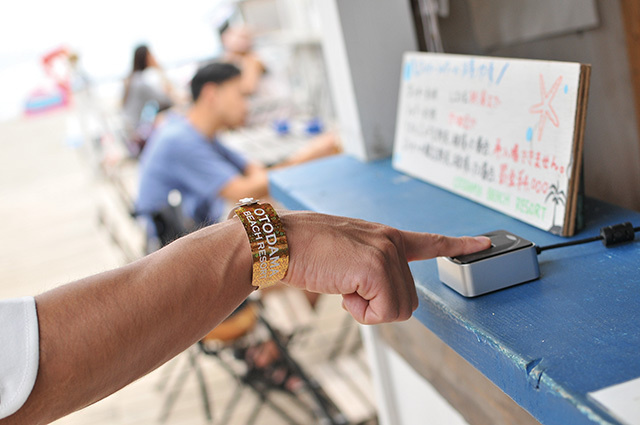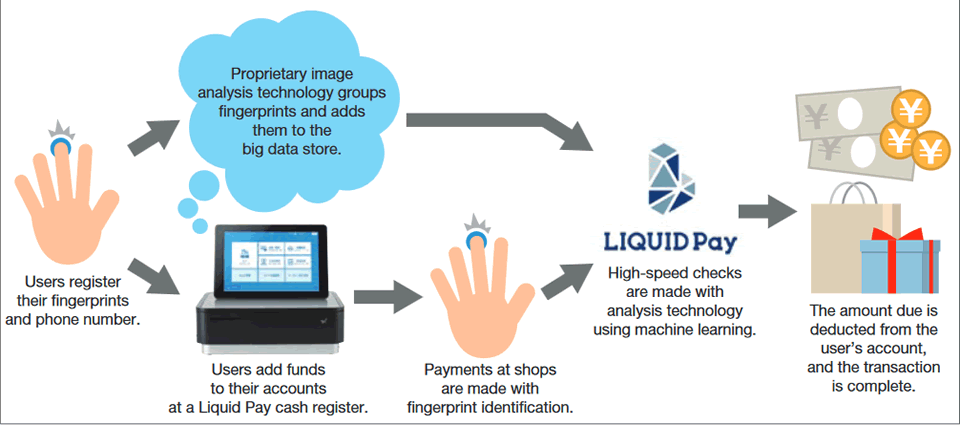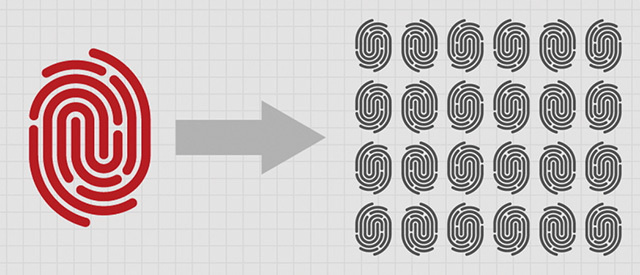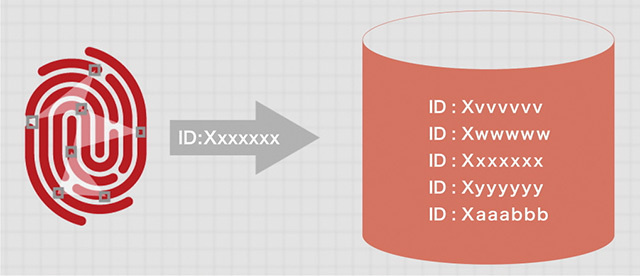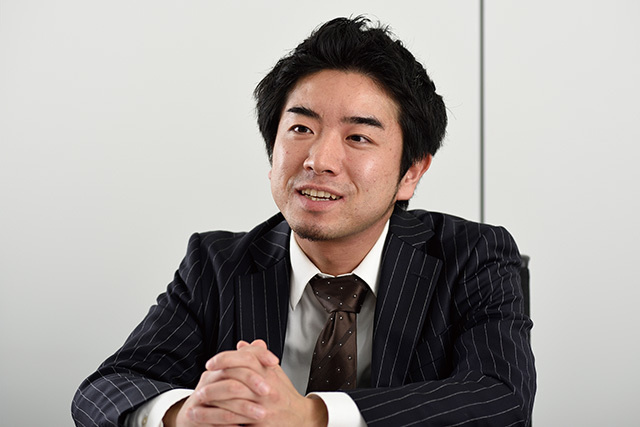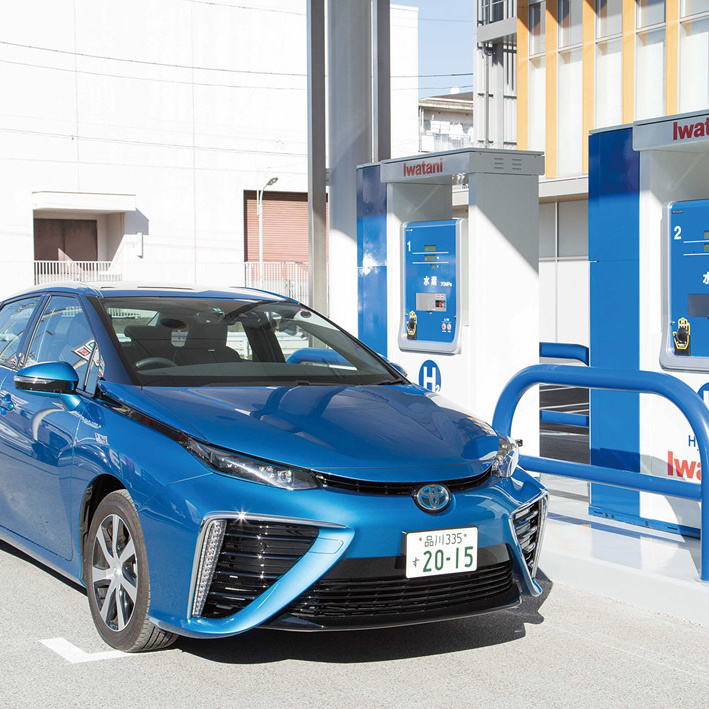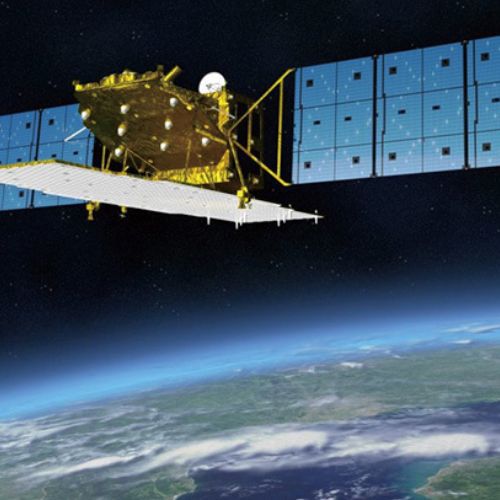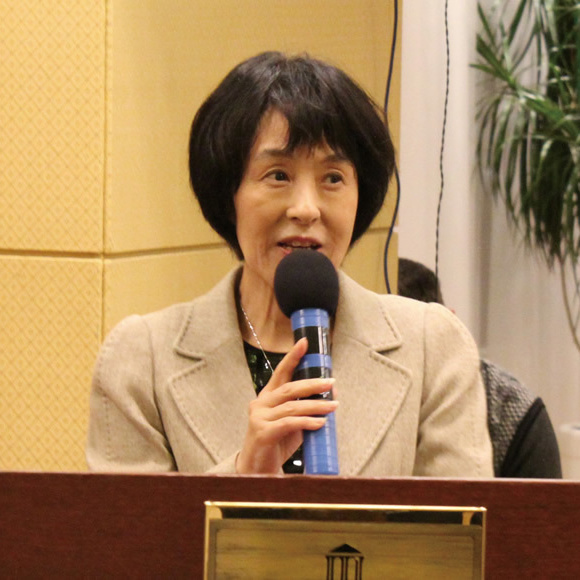Being able to prove who you are—this may be considered a natural state of affairs, yet has been difficult to achieve in our everyday lives. For example, we need a credit card and a PIN code or a signature to pay our bills. Liquid Inc., a start-up established in 2013, is working to revolutionize the identification process. Using biometric authentication—which is based on individuals’ unique physical characteristics, such as fingerprints and iris patterns—this company is aiming to make the process both more secure and quicker.
Innovation Japan [FINGERPRINT AUTHENTICATION WITHOUT IMAGE DATA]
CEO Yasuhiro Kuda explains how he started his research in the field: “Ever since my student days, I’ve been highly interested in improving society’s systems. Looking ahead to the near future, when IoT [the Internet of things] will have advanced, and thinking about how I might contribute to making society safer and more convenient, I came to see biometric technology as a tool for this purpose.”
Biometric authentication has a huge opportunity in improving the consumer payment system. According to a 2015 survey, losses from credit card fraud amount to JPY 12 billion (USD 106 million) on an annual basis in Japan alone.“Biometric authentication is highly secure, but it hasn’t become the standard method of authentication because of its lack of convenience. The authentication process can take time, and the procedures can be complicated,” notes Kuda. “So we’ve come up with a technology for classifying and digitizing fingerprint patterns.” As a further barrier to unauthorized use, the company has developed a system, the “Liquid Pay,” which scans not one but three fingerprints. This reduces the risk of misrecognition to one in 90 billion.
Liquid Pay was installed at a beach house at Yuigahama in Kanagawa Prefecture. It proved popular with users, allowing them to make payments without carrying money.
Aside from the technological hurdles, being a start-up without a track record, Liquid Inc. faced the challenge of getting businesses to adopt its new payment infrastructure. But Kuda explains, “I was confident that our system was second to none in terms of processing speed and operating costs.” He made the rounds of corporations and stores and tirelessly explained the difference between Liquid Pay and rival systems. Thanks to these efforts, prospective clients gradually came to recognize the convenience of Liquid Inc.’s system and to adopt it. In 2015, two years after its establishment, the company caught a break. Liquid Pay was introduced at Huis Ten Bosch, a major theme park in Nagasaki Prefecture. Visitors who register their fingerprints at the entrance gate and make a deposit can then pay their bills at restaurants and shops throughout the park without pulling out their wallets. The system quickly drew wide attention as a revolutionary advance in cashless, cardless payment.
Now, Kuda and his colleagues are seeking opportunity in creating more convenient trips around Japan, targeting foreign visitors. Fingerprint authorization will allow people to check into hotels and make cashless, cardless payments throughout their trip without trouble or confusion, even at places they are visiting for the first time. A demonstration project is now underway for use as part of the “Omotenashi [hospitality] Platform” that the Ministry of Economy, Trade, and Industry (METI) is setting up in collaboration with local businesses.
Kuda’s work is far from over. In pursuit of his personal mission to contribute to society through biometric technology, he is striving along with his enthusiastic colleagues to enhance the technology and develop further applications so that biometric authentication can serve as a new basic platform for the world’s social infrastructure.


























